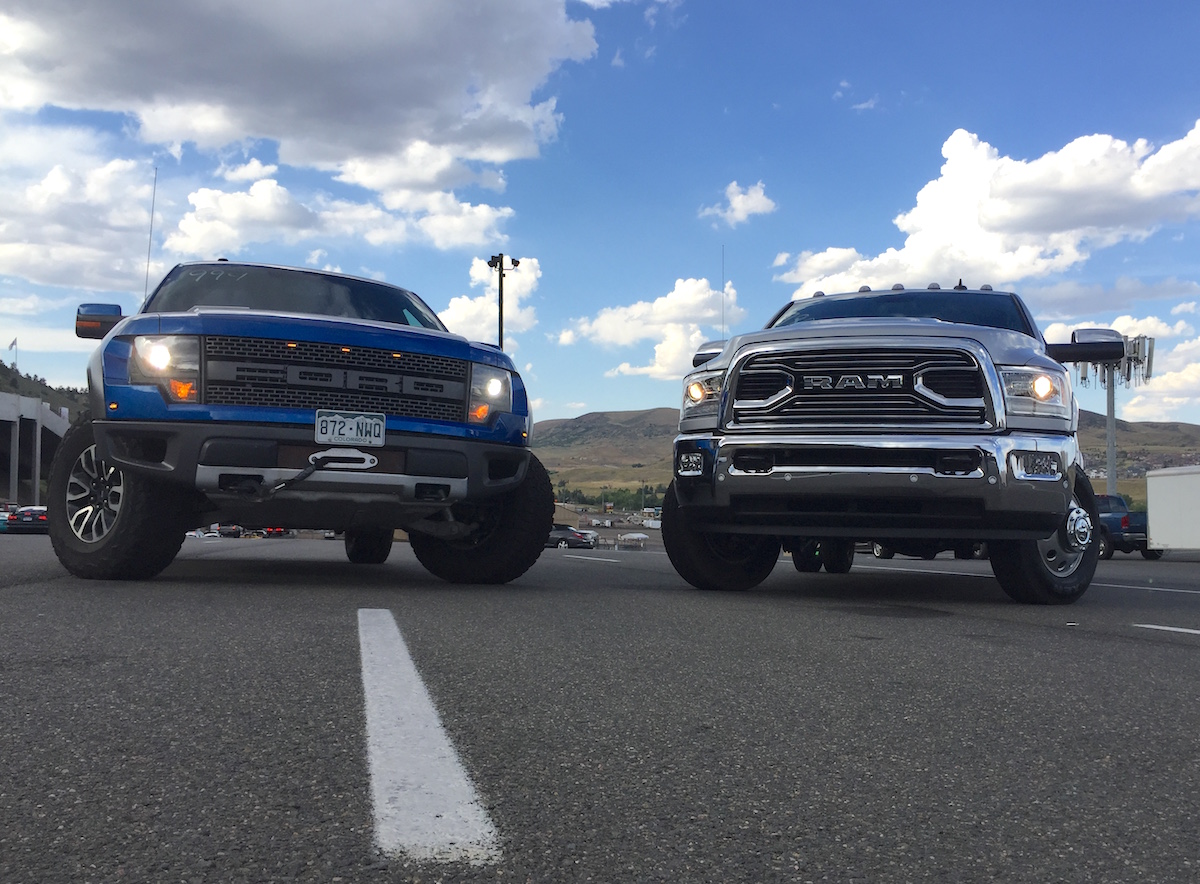It’s very important to have a balanced trailer load, so that you can tow safely and efficiently. It means having around 10% of the total trailer weight pushing down on the hitch for “bumper-pull” trailers. In other words, you are looking for a 10% tongue weight.
If you have more than 10% of tongue weight, then your tow vehicle will squat too much. You are running a risk of going over the maximum payload weight rating on your vehicle. If the vehicle squats too much, then the steering and braking will not operate as efficiently, making for a safety concern. And you may blind oncoming traffic with your headlights that point higher.
If you have less than 10% tongue weight, then you are running the risk of too much trailer-sway. It’s literally the tail wagging the dog. If you have too much weight on the rear of the trailer, then it has a tendency to sway and it gets worse the faster you go. This becomes a serious safety concern to you and those around you.
We selected to tow a 7,000 lbs Logan Coach trailer, including approximately 2,300 lbs of water ballast. When we fine-tuned the weight, we had to remove ballast from the rear of the trailer. This made the trailer a little nose heavy. We used a weigh-safe.com hitch to measure the tongue weight. It showed around 1,000 pounds. This is a lot more than the 700 pounds we were targeting.
How to move 2,300 lbs of water container backwards to balance the load? Watch the video below to see how MacGyver might have done it.
Check out this 2015 GMC Yukon Denali vs. 2015 Lincoln Navigator – Ike Gauntlet extreme towing test.


















![Which is More Reliable: 3.5L EcoBoost or 5.0L V8? [Reader Question] Second-generation 3.5-liter EcoBoost engine](https://tfltruck.com/wp-content/uploads/2016/05/Second-generation-35-liter-EcoBoost-engine.jpg)
![Which Silverado Engine to Get: 5.3L or 6.2L V8? [Ask TFLTruck] 2016 chevy silverado](https://tfltruck.com/wp-content/uploads/2015/10/2016-chevy-silverado-grille.jpg)
